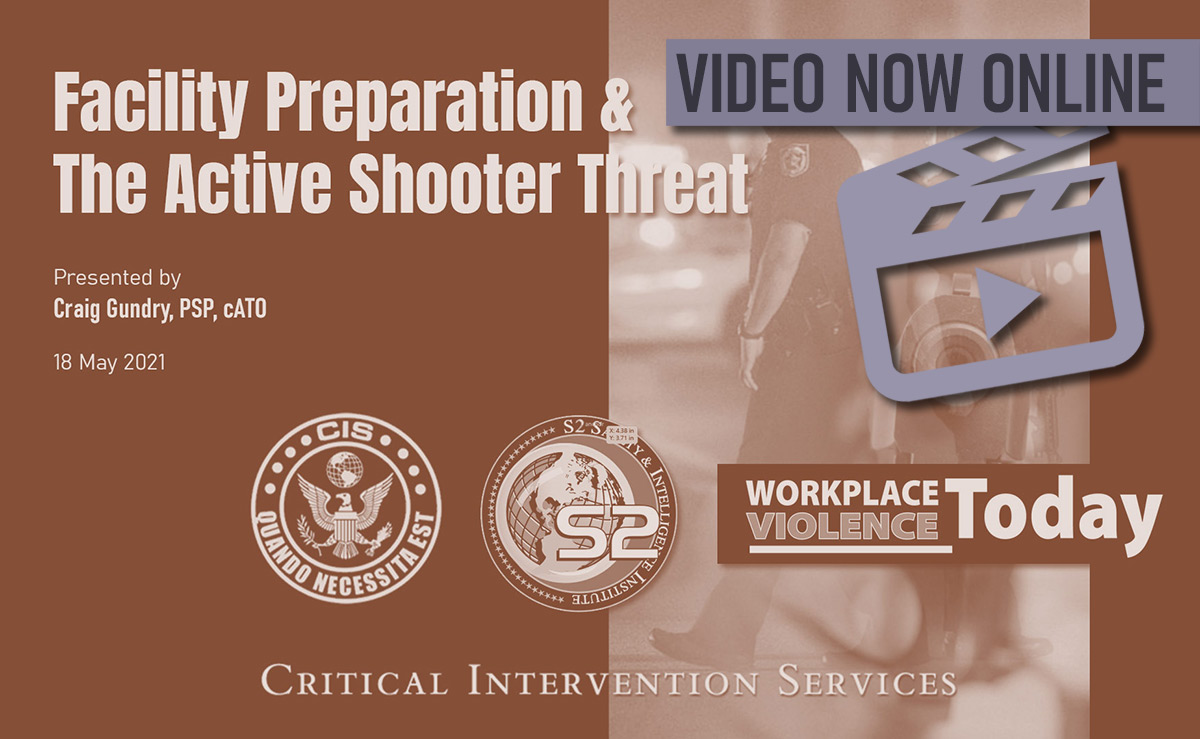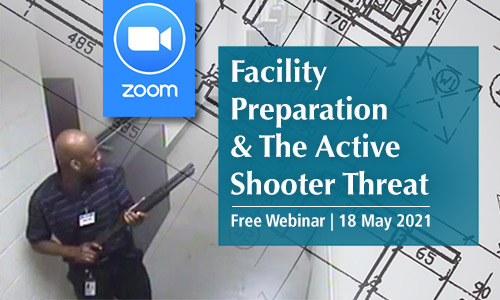On May 2, 2023, Fox News Channel published a story featuring an interview with CIS VP of Special Projects, Craig Gundry, discussing armed teachers as a protective strategy in schools.
https://www.foxnews.com/us/school-districts-across-america-consider-arming-teachers-aftermath-nashville-school-shooting
Unfortunately, some of the most valuable points we discussed in that interview were omitted from final publication.
As a first point, arming teachers is not a reliable strategy for response to active shooter attacks. As one source of support for this perspective, a team of researchers at Purdue University evaluated armed school employees during an analysis of alternative response models and concluded that employees carrying concealed weapons were far less effective than a school resource officer and performed only marginally better than police dispatched in response to 911 calls.[1]
Our position on this topic is clear. If schools wish to authorize teachers to carry concealed weapons, armed school employees should only be regarded as an additional readiness measure to supplement the existing presence of a professional armed responder (SRO or properly-trained armed security officer). And if schools decide to allow employees to carry firearms, they should approach this idea in a manner that is responsible, effective, and defensible from a liability perspective.
As a starting point, measures should be implemented to ensure that armed school employees are properly trained in safe firearms handling and marksmanship skills. There’s a major difference between shooting at paper targets on a firearms range and engaging a moving aggressor in an environment dense with students. To address this matter, states such as Virginia and Florida mandate specialized training and certification for security officers and school employees assigned in armed capacities.[2][3] However, many schools and districts adopting this measure overlook the importance of training standards.
Next, policies and procedures should be developed regarding approved methods of concealed carry and firearm storage and approved weapons and ammunition. Likewise, the role of armed teachers in responding to shooting events should be clearly defined so there is no implied expectation that an armed teacher is expected to seek out and neutralize a gunman. In other words, teachers are permitted to be armed for the protection of themselves and students in their immediate presence with no further expectations.
For more information about this topic, see the video below. Our perspective about arming school employees can be found at 1:57:43.












